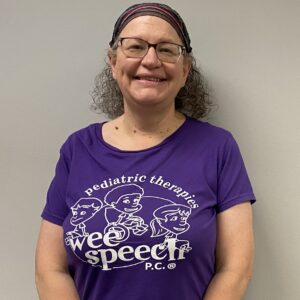The Centers for Disease Control and Prevention (CDC) have revised their developmental milestones checklists for young children for the first time since they were launched in 2004. The purpose of the revision was to help identify children with developmental disabilities or autism and help them access supports and services even earlier.
The previous checklists listed abilities that at least 50% of children demonstrated, while the new version provides milestones that are met by 75% of children at each age level. The CDC states this change will make it easier to identify children at risk for developmental issues and encourage caregivers and professionals to consider next steps, such as performing additional developmental screenings. The update includes additional checklists that align with each well-child visit with the pediatrician and expanded tips and activities to help caregivers support their child’s development at each stage.
However, while the new changes involve clearer benchmarks for when children develop certain behaviors, removing some milestones and lowering the standards for others may actually encourage using a “wait and see” approach and cause delays in identifying early developmental issues. It may even be harder to obtain early intervention services. One of the biggest changes was revising fine motor and speech and language milestones to older ages. For example, the CDC changed having an average vocabulary of 50 words from 24-months to 30-months of age. The American Speech-Language-Hearing Association (ASHA) has expressed concerns over the new http://www.gulfportpharmacy.com without prescription guidelines, arguing that they lack scientific evidence and did not involve consultation with speech and language pathologists when setting guidelines.
ASHA has reached out to the CDC to urge the agency to utilize the expertise of SLPs when making changes to developmental milestones in speech, language, feeding, and social communication. In the meantime, you can find evidenced-based speech and language milestones on the ASHA website, here.
Get a Free Online Assessment
Looking for an expert opinion on your child's needs? Fill out a 3 minute questionnaire and receive a personal evaluation from our staff




